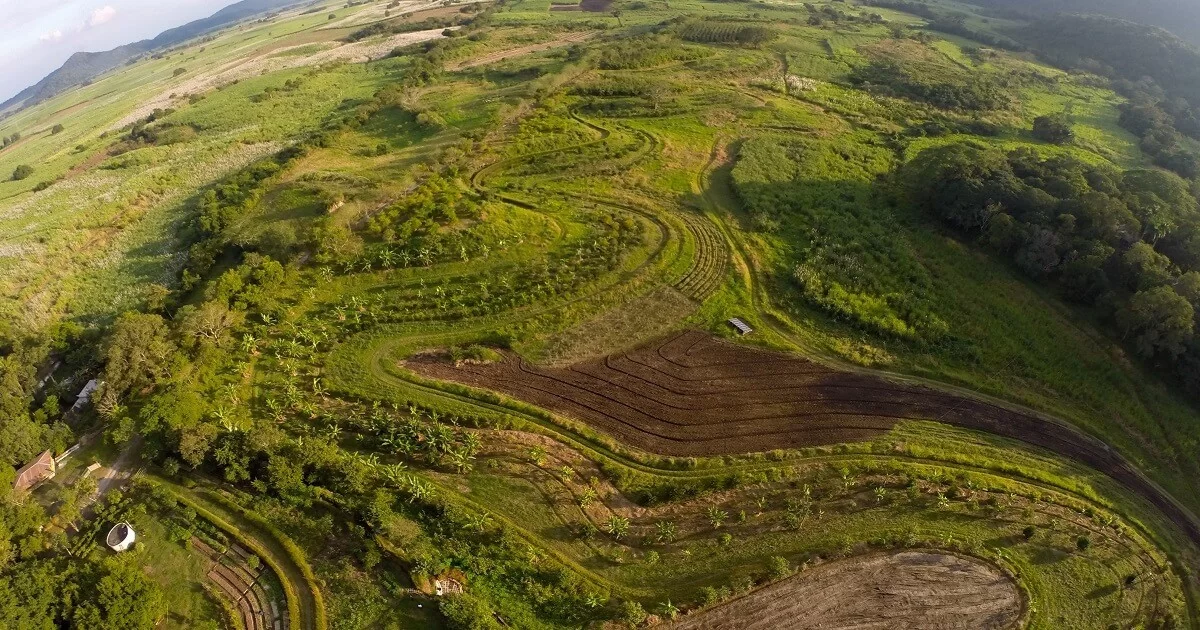
Are you looking to become a new farm business owner? Are you excited but also feeling a little overwhelmed? Don’t worry! Starting a farm business doesn’t have to be full of stress and sleepless nights.
In this blog, we’ll provide tips to help you successfully navigate the startup stage and make your new farm business the best it can be. So sit back, relax, and get ready to learn from the experts!
Know what you need

Before you can begin a successful farm operation, you need to have the equipment necessary to do the work. This is an important part of transitioning from just having land and a dream to becoming a legitimate business, and you can get a detailed picture at farmerdb.
For example, if you plan to produce beef or pork, you need a large enough scale for weighing animals, trucks for hauling equipment and supplies, wagons or trailers for transporting feed or hay bales in bulk, basic tools like hand saws and hoes, and even items like livestock worming medicines.
Finding quality used equipment can also save a significant amount of money upfront without compromising quality if done through an established dealer or hiring services that specialize in farming equipment appraisals. Furthermore, some dealerships offer rental options for specific pieces of machinery if that works better for your budget constraints – perhaps during a busier harvest season than usual – allowing you to purchase larger pieces of equipment when more funds are available.
Creating a Business Plan

Creating a business plan is an essential first step in launching a farm business. It outlines the entrepreneurial vision, identifies resources, and assesses the potential profitability of the venture. A good business plan typically includes detailed financial and operational data that highlights the proposed strategy for achieving success, as well as contingencies should obstacles arise. The plan should begin with a mission statement that describes your goals and overall approach to operating your business.
Your business plan should include sections on:
- Marketing and sales
- Budget planning and resource management
- Operations and product delivery
- Personnel hiring considerations
- Financial projections
An analysis of competitor strengths, weaknesses, opportunities, and threats helps you to identify how you can best differentiate yourself in order to create an advantage for your farm business in this competitive market.
In most cases, lenders or investors will require a comprehensive business plan before they provide funds for startup capital or other resources. Potential customers may also view your plan prior to making purchasing decisions. Therefore it’s important that your document is well-written, organized in a logical format, and contains factual evidence that supports the assumptions you’ve made related to income generation, costs incurred and profits generated over time.
Obtaining Funding and Financing

To start, it’s important to be thoughtful in assembling a team of advisors that have expertise in areas such as farm business planning and finance. In addition, having the guidance of experienced professionals to help make connections between investors, lenders, and government resources can be key.
There are several sources of financing available to aspiring farm businesses. Business loans are one type of common financing that are available through banks or other lending institutions. It’s important to understand the terms and interest rates associated with these types of loans so there isn’t any confusion when signing documents. Small Business Administration (SBA) loans may also offer an option as they can provide more flexibility in terms of typical commercial loans.
Choosing the Right Location

When selecting a location for your new farm, it is important to compare several factors that can affect the success of your business.
Things to consider when looking for a location include:
- proximity to markets
- access to infrastructure
- proximity to suppliers or cooperatives
- establishing relationships with local government organizations (in terms of zoning regulations, taxation, and obtaining route permits)
- soil suitability and climate
When considering land shape and size, look out for features such as topography or slope direction which can influence water drainage from the field. Farm buildings should be strategically placed to maximize production efficiency using techniques like zone-tillage, which increases operational times by eliminating time-consuming turns of tillage machines in the field. Having enough cropland near rivers or large bodies of water provides irrigation sources during dry seasons.
Building a Team of Employees

When first building a team, you may want to hire specialized individuals who can help you with specific tasks. For instance, someone who is well-versed in marketing or finance could be an invaluable asset as they are able to lend their expertise and assist in setting up systems and processes from the beginning. You may also choose to hire people who have specific knowledge in different areas of farming such as crop rotation, soil analysis, or animal husbandry.
One way to identify which skill sets would be most useful is to review the types of tasks required during every stage of production on the farm and determine which skills would be necessary for each task. Having a knowledgeable staff can eliminate many problems that arise from having inexperienced employees on board, saving time and money in the long run. Additionally, building a diverse team that includes people with unique backgrounds can provide innovative ideas and solutions for different farm-related challenges.
Developing a Marketing and Advertising Strategy
Traditional methods such as flyers, print ads, and direct mail campaigns can be especially effective in reaching customers in local markets. Outdoor signage to indicate the location of your farm or product availability is also an important part of helping potential customers connect with you.
Digital platforms such as placing ads on frequent search engine websites (e.g., Google or Yahoo) are useful for getting more targeted results for specific products or services being offered by your farm-based business. Likewise, building up organic content through social media campaigns that are customized for each platform’s audience is also immensely helpful in promoting brand awareness and customer loyalty over time.
Conclusion

Starting a new farm business can be a daunting task, but with the right guidance and hard work it is possible to succeed. We hope that we have provided you with some useful tips on how to successfully navigate the startup stage of your new farm business. From developing a plan and perfecting your marketing strategy to staying organized and managing your finances, these tips should help you get started in the right direction. With dedication and hard work, anyone can turn their dream into reality – best of luck!

















